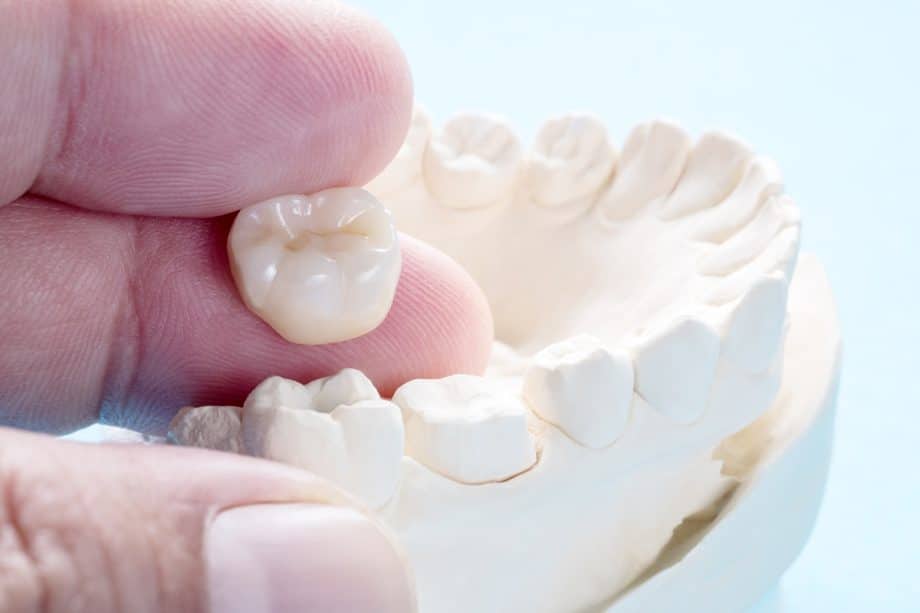A dental crown can be a great option when a tooth is too damaged or decayed to be treated with a filling. A crown works like a cover – or cap – that goes over an existing tooth. But what happens if there’s not enough of the natural tooth left to hold a crown in place? Don’t worry, there are treatment alternatives. Read on to learn how specialized dental care can help.
How Do Dental Crowns Work?
In order to understand how much tooth is needed for a crown, it can be helpful to know how dental crowns work. If you have a damaged or decayed tooth, one of the first steps is to prepare the natural tooth. This may involve removing any decay and shaving down the tooth so that the crown will fit on top of it.
Also, an impression will be taken in order to create a custom crown that will blend in with the surrounding teeth. Sometimes dental crowns can be made the same day. Other times, people may need to wear a temporary crown while the custom crown is being created. Once the crown is made, it can be placed over the tooth.
How Much Tooth is Needed for a Dental Crown?
Each situation may vary. Generally, however, at least a quarter of the visible part of the tooth is needed to support a crown. If too much of the natural tooth is missing, then extra care may be required to establish a foundation that can hold the crown in place.
Treatment Options When the Tooth Can’t Support a Crown
- Rebuilding the tooth – If just a little more tooth structure is needed to support a crown, a dentist may be able to rebuild the natural tooth with a composite material. This is the same material used for dental fillings.
- Post-and-core foundation – If the natural tooth is not stable enough to support a crown, a metal post may be used to help hold the crown in place. With this treatment, the decayed part of the tooth is cleaned out. Then, a metal post is cemented into the root of the tooth, and a crown is placed on top of it.
- Dental implant – For certain people with severe damage or decay, a dental implant may be recommended to replace the natural tooth entirely. With this option, the natural tooth is extracted. Then a post is surgically placed into the jawbone to support the crown.
- Dental bridge – This treatment also involves extracting the damaged or decayed tooth. However, with a dental bridge, an artificial tooth is used to fill the gap. The artificial tooth is held in place by other teeth or dental implants. In some cases, bridges may be used to treat multiple damaged or missing teeth.
Dental Crowns and Restorative Dentistry in Snellville
Getting restorative care like dental crowns may require extra measures in some cases. But it’s well-worth it to protect the health, function, and appearance of your smile. To learn more about crowns and other services at Oak Road Dentistry, contact us today by calling 770-985-9559.

